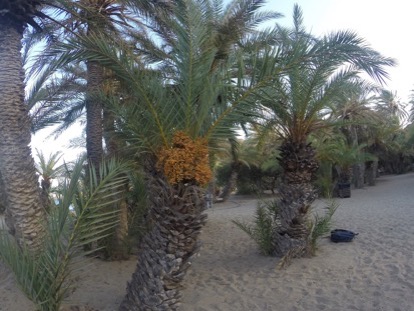Reference collection
A modern plant reference collection will be created to identify plant proxies in cooking pottery. The design of the reference collection will be based on literature data on traditional culinary practices and archaeological plant assemblages from both areas of study (northern Greece and Crete). Modern plants will be collected to identify diagnostic microbotanical remains as well as their lipid content, paying special attention to plants commonly used for cooking but often overlooked in archaeobotanical research, such as spices, wild greens (horta) and oily plants.
The microbotanical and lipid reference collections will be developed from the extensive modern plant reference collections hosted at the Archaeobotany Laboratory, School of Archaeology, University of Oxford. Moreover, last summer we visited the Park for the Preservation of Flora and Fauna, Technical University of Crete (Hania, Crete). While visiting the Park and its herbarium with Costanza Dal Cin D’Agata, the Park leading botanist, we had the opportunity to sample certain plant species, such as the Cretan date palm (Phoenix theophrasti Greuter), a species endemic to the island (and few other locations along the eastern Mediterranean shores) which, according to iconographic studies, could have been used in Minoan times. Furthermore, we visited Vai beach (Lasithi, Crete) to sample more Cretan date palm specimens at Europe’s biggest palm forest. The work at the Park for the Preservation of Flora and Fauna and other locations around Crete will continue in July 2017.

Cretan palm (Phoenix theophrasti Greuter) forest, Vai beach, Crete.




